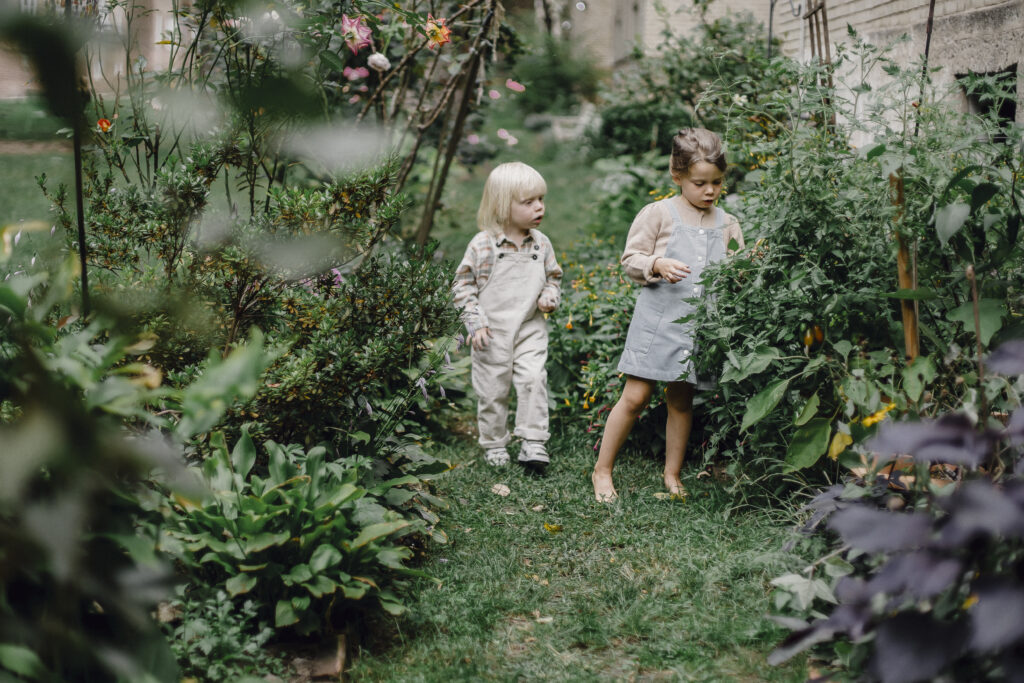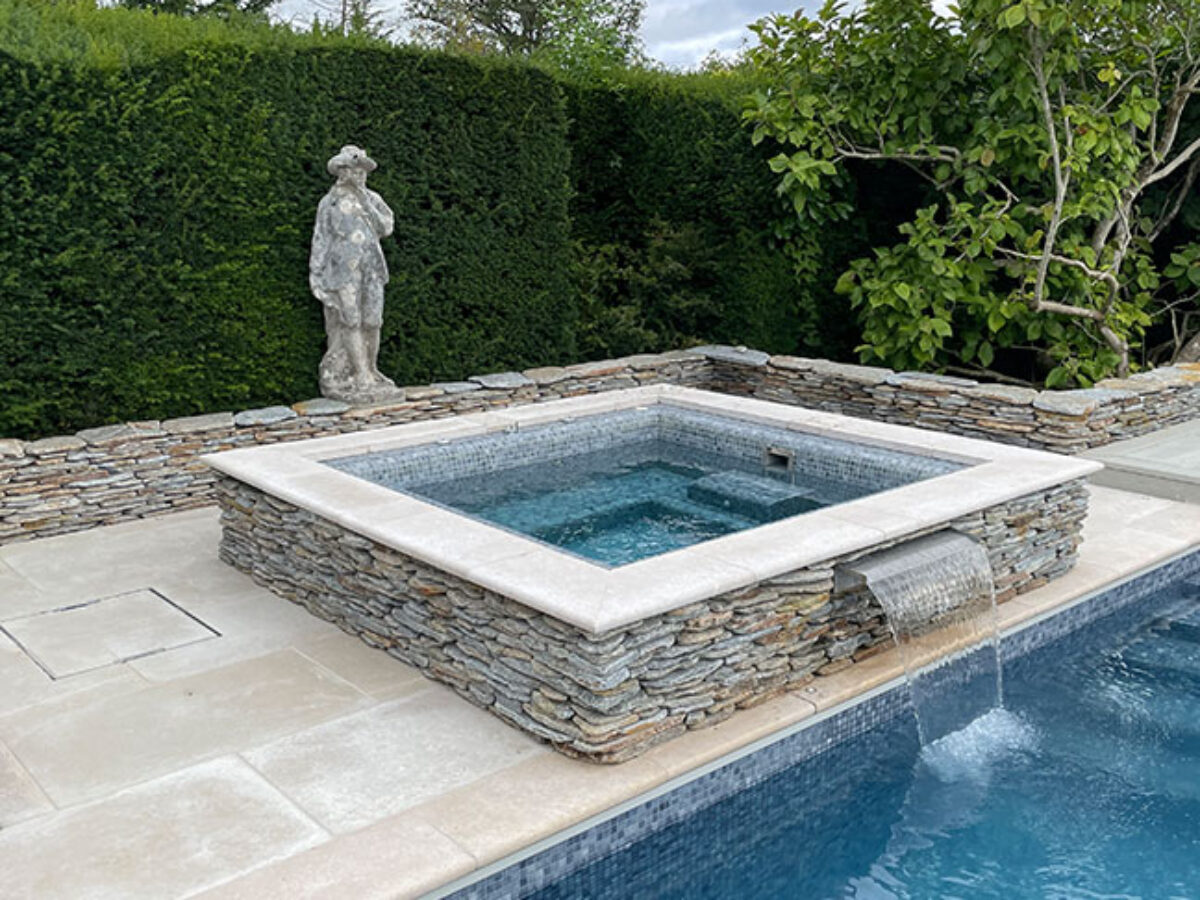If you’ve ever considered installing an above ground pool in your backyard, you may have wondered whether it will have a negative impact on your grass. After all, maintaining a lush, green lawn is a top priority for many homeowners. In this article, we will explore the potential effects of above ground pools on grass and provide you with some tips to ensure that your pool and your lawn can peacefully coexist. So, put your worries to rest and let’s find out if above ground pools can ruin grass!
This image is property of images.pexels.com.
Effects of Above Ground Pools on Grass
Having an above ground pool in your backyard can provide countless hours of fun and relaxation during hot summer days. However, it’s important to be aware of the potential effects that these pools can have on your grass. While the impact may not be as severe as with an in-ground pool, there are still some considerations to keep in mind to prevent any potential damage. In this article, we will explore the three main effects that above ground pools can have on grass: discoloration, compacted soil, and shade.
Discoloration of Grass
One of the most common effects of having an above ground pool on your grass is discoloration. There are several factors that can contribute to this issue, including chlorine exposure, algae growth, and chemical imbalances.
Chlorine Exposure
Chlorine is a common disinfectant used in pool water to keep it clean and safe for swimming. However, the excess chlorine can find its way onto the surrounding grass and cause discoloration. This is especially true if the water splashes onto the grass during pool activities.
Algae Growth
Another factor that can lead to grass discoloration is the growth of algae in the pool. Algae can accumulate on the walls and floor of the pool and, if not properly managed, can make its way onto the grass. The presence of algae can suffocate the grass and cause it to turn yellow or brown.
Chemical Imbalances
Maintaining the proper chemical balance in your pool is crucial for both water hygiene and the health of your grass. If the pool water becomes imbalanced, it can lead to a buildup of certain chemicals, such as calcium or cyanuric acid, which can then seep into the surrounding soil and affect the grass’s health and color.
Compacted Soil
Another effect of having an above ground pool on grass is the compacting of the soil. The weight and pressure from the pool can lead to the soil becoming tightly packed, which can have detrimental effects on the grass roots and the overall soil structure.
Pressure and Weight of Pool
The weight of an above ground pool, especially when filled with water, can be significant. This weight puts pressure on the underlying soil, causing it to become compacted. Compacted soil restricts the movement of water, air, and nutrients, which are essential for healthy grass growth.
Thinning of Grass Roots
Compacted soil can pose a serious threat to the health of grass roots. When the soil becomes compacted, it becomes harder for the roots to spread and access the necessary nutrients. Over time, the roots may become thin and weak, leading to a decline in grass health.
Impact on Soil Structure
The compacting of the soil from an above ground pool can also impact its overall structure. When the soil becomes tightly packed, it loses its ability to hold and drain water effectively. This can lead to poor drainage, which can further hinder the health and growth of the grass.
Shade and Lack of Sunlight
The presence of an above ground pool also introduces the element of shade, which can have a significant impact on the grass. Lack of sunlight can weaken the grass, result in a reduction in photosynthesis, and promote the growth of moss and weeds.
Reduction in Photosynthesis
Grass relies on sunlight for photosynthesis, the process by which it produces energy for growth. When an above ground pool creates shade, it reduces the amount of sunlight that reaches the grass. This can inhibit the grass’s ability to generate energy, resulting in overall deterioration.
Grass Deterioration
The combination of shade and reduced photosynthesis can lead to the gradual deterioration of the grass. The grass may become thin, pale, and weak, making it more susceptible to diseases and weed invasions.
Increased Moss and Weed Growth
Shade created by an above ground pool can provide favorable conditions for the growth of moss and weeds. Moss tends to thrive in damp and shaded areas, and the reduced sunlight penetration caused by the pool can contribute to its growth. Additionally, the weakened grass from lack of sunlight creates an ideal environment for weeds to take root and compete with the grass for resources.
Now that we have explored the effects that above ground pools can have on grass, let’s discuss some prevention and maintenance measures to ensure your grass remains healthy and vibrant.
Prevention and Maintenance Measures
To minimize the potential negative effects of an above ground pool on grass, taking proactive steps regarding location, using protective ground covers, and implementing regular cleaning and maintenance routines is essential. Let’s dive into each of these measures.
Choosing the Right Location
The first step in preventing grass damage is to carefully consider the location of your above ground pool. When selecting a spot for your pool, keep in mind the following factors:
Consideration of Sunlight
Choose a location that receives ample sunlight throughout the day. This will help ensure that the grass has access to the necessary light for photosynthesis and growth. Avoid placing the pool in areas with excessive shade or where nearby structures cast shadows for extended periods.
Distance from Trees
If you have trees in your backyard, consider the distance between them and the pool. Falling leaves, twigs, and branches can contribute to debris in the pool and may require more frequent cleaning. Moreover, the shade from trees can exacerbate the lack of sunlight on the grass, potentially leading to further grass deterioration.
Avoiding Low-Lying Areas
Low-lying areas in your yard may be prone to poor drainage and water accumulation, especially after rainfall or when the pool is emptied. Such conditions can make the soil excessively moist and create an unsuitable environment for grass growth. It’s best to opt for a higher, well-drained area for your above ground pool.
Using a Protective Ground Cover
Installing a protective ground cover around your above ground pool can help mitigate the impact on the grass. Ground covers offer a barrier between the pool and the grass, reducing direct contact and potential damage. Here are the benefits and considerations of using ground covers:
Benefits of Ground Covers
A high-quality ground cover can effectively prevent soil compaction, reduce weed growth, and aid in moisture retention. They provide an additional layer of protection for the grass, minimizing wear and tear caused by foot traffic and pool activities. Additionally, ground covers can enhance the aesthetic appeal of your pool area.
Installation and Maintenance
When installing a ground cover, ensure that it is properly secured and covers the entire area underneath the pool. Regularly inspect the cover for any signs of damage or wear, and replace it if necessary. Remove any debris or leaves that may accumulate on the cover, as these can promote the growth of mold or cause staining.
Types of Ground Covers
There are various types of ground covers available, including rubber mats, interlocking tiles, and artificial grass. Each type offers different benefits and considerations, so it’s important to choose one that suits your specific needs and preferences. Consider factors such as durability, drainage capabilities, and ease of maintenance when selecting a ground cover.
Regular Cleaning and Maintenance
Consistent cleaning and maintenance of your above ground pool are crucial for preserving the health of your grass. Practicing good pool care habits will minimize any potential negative effects. Here are some important tasks to include in your regular cleaning and maintenance routine:
Skimming and Vacuuming
Regularly skim the pool’s surface to remove debris such as leaves, insects, or grass clippings. Vacuum the bottom of the pool to eliminate any dirt or sediment that may have accumulated. By keeping the pool clean, you reduce the chances of debris finding its way onto the grass and causing discoloration or damage.
Balancing Chemicals
Maintaining the proper chemical balance in your pool water is essential for both swimming comfort and grass health. Regularly test the water and adjust the chemical levels as needed to prevent imbalances. Follow the manufacturer’s instructions for chemical application to ensure safe and effective results.
Monitoring pH Levels
Keeping an eye on the pH levels of your pool water is key to preventing any adverse effects on the grass. High or low pH levels can cause damage to the grass and hinder its growth. Test the water regularly and adjust pH levels to keep them within the recommended range.
By following these preventive measures and regularly maintaining your above ground pool, you can minimize the potential impact on your grass and ensure that both your pool and surrounding lawn remain in great condition.
This image is property of images.pexels.com.
Conclusion
While above ground pools can bring enjoyment and relaxation to your backyard, it’s important to consider the potential effects they may have on your grass. Discoloration, compacted soil, and shade are all factors that can impact the health and appearance of your lawn. By implementing prevention and maintenance measures such as choosing the right location, using protective ground covers, and practicing regular cleaning and maintenance, you can ensure that your grass remains vibrant and healthy, even with an above ground pool. So go ahead, enjoy your pool, and keep your grass looking its best!







